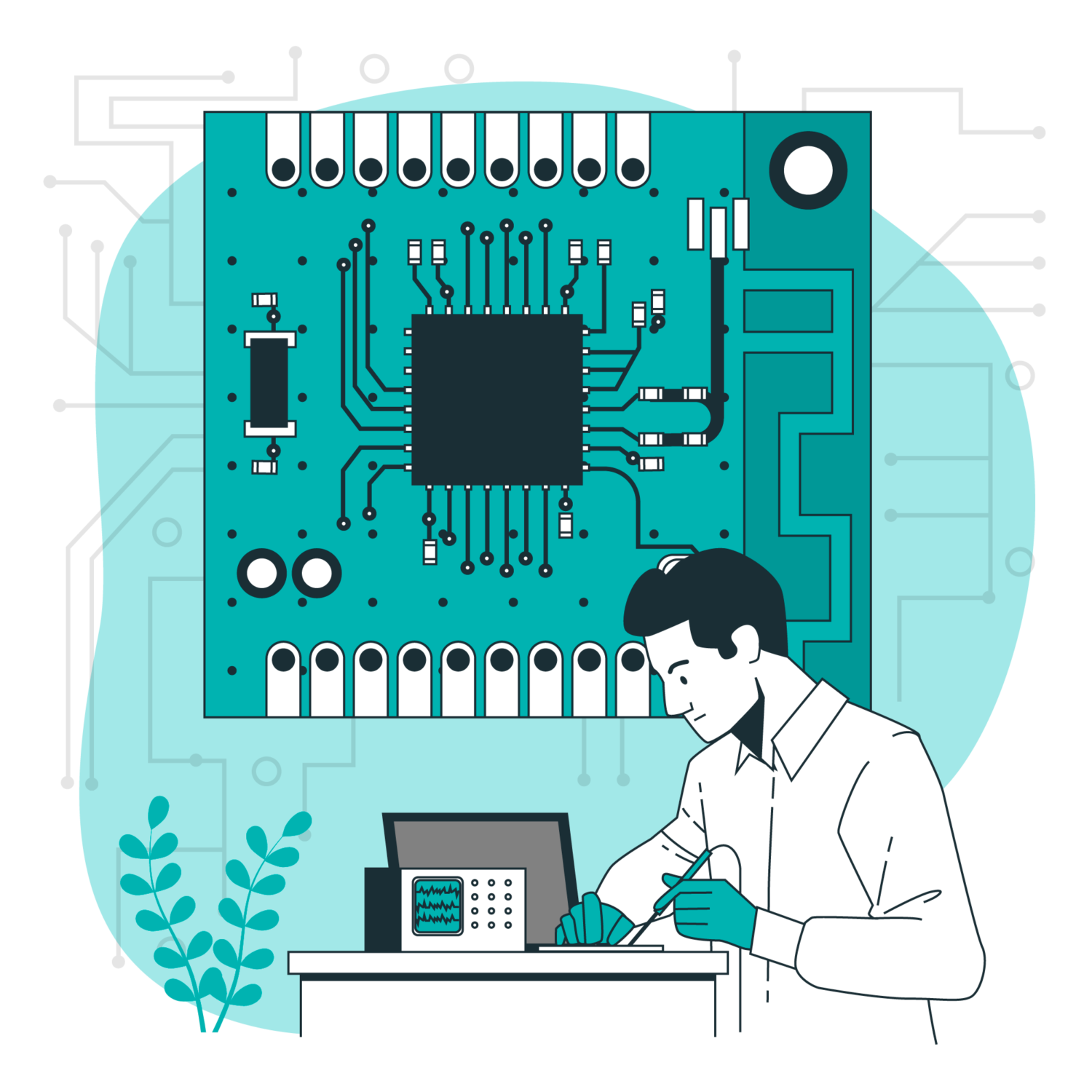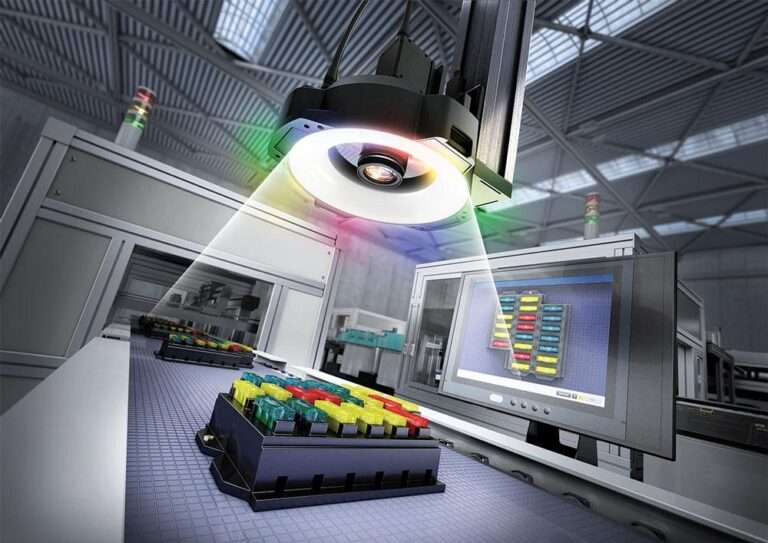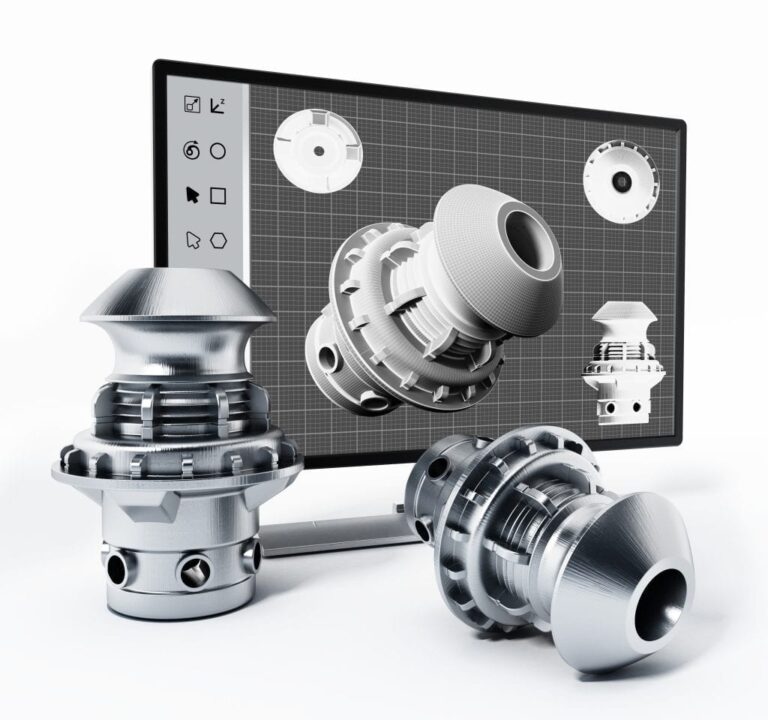Electronics reverse engineering has long been a cornerstone of innovation, providing deep insights into electronic devices and systems. As we move forward into the era of Industry 4.0, the integration of artificial intelligence (AI) and automation is set to revolutionize this field. In this blog post, we will explore the future trends in electronics reverse engineering, highlighting the transformative impact of AI, automation, and Industry 4.0 on this critical discipline.

AI-Powered Analysis: The Next Frontier
AI is poised to transform electronics reverse engineering by enhancing the precision and speed of component analysis. Traditional methods often require extensive manual effort and expertise to decipher complex circuitry and systems. With AI-powered tools, engineers can leverage machine learning algorithms to analyze vast amounts of data, identify patterns, and predict component behavior with unprecedented accuracy.
For instance, AI can automate the identification and classification of electronic components, streamlining the reverse engineering process. By training algorithms on extensive datasets, AI systems can recognize components, understand their functions, and suggest potential improvements, significantly reducing the time and effort required for analysis.
Automation: Streamlining the Process
Automation is another key trend reshaping electronics reverse engineering. The integration of automated tools and systems can enhance efficiency, reduce human error, and accelerate project timelines. From automated PCB layout reconstruction to robotic soldering and testing, automation is revolutionizing the way engineers approach reverse engineering tasks.
Automated systems can precisely trace circuit paths, reconstruct schematics, and even replicate complex designs with minimal human intervention. This not only speeds up the reverse engineering process but also ensures a higher level of accuracy and consistency in the final output. As a result, engineers can focus on higher-level problem-solving and innovation, rather than repetitive manual tasks.
Industry 4.0: The Digital Transformation
The concept of Industry 4.0 encompasses the digital transformation of manufacturing and industrial processes, integrating smart technologies and data-driven insights. In the context of electronics reverse engineering, Industry 4.0 brings together AI, automation, and the Internet of Things (IoT) to create a seamless and interconnected ecosystem.
Smart factories equipped with advanced sensors and IoT devices can collect real-time data on electronic components and systems. This data can then be analyzed using AI algorithms to optimize reverse engineering processes, predict potential failures, and enhance overall system performance. Industry 4.0 enables a holistic approach to reverse engineering, where every aspect of the process is interconnected and optimized for maximum efficiency.
Enhanced Data Analytics: Driving Innovation
Data analytics plays a crucial role in the future of electronics reverse engineering. With the advent of big data, engineers have access to vast amounts of information that can be leveraged to gain deeper insights into electronic systems. Advanced data analytics tools can process and analyze this data, uncovering hidden patterns, trends, and correlations that were previously inaccessible.
By harnessing the power of data analytics, engineers can make informed decisions, optimize reverse engineering processes, and develop innovative solutions. Predictive analytics can also help identify potential issues before they occur, enabling proactive maintenance and reducing downtime. The ability to extract actionable insights from data is a game-changer for the electronics reverse engineering industry.
Collaborative Platforms: Fostering Innovation
Collaboration is a key driver of innovation in electronics reverse engineering. With the rise of collaborative platforms and cloud-based tools, engineers can now work together seamlessly, regardless of their geographical location. These platforms enable real-time collaboration, knowledge sharing, and project management, fostering a culture of innovation and continuous improvement.
Engineers can collaborate on complex reverse engineering projects, share insights, and leverage collective expertise to solve challenging problems. Cloud-based tools also facilitate access to a vast repository of resources, including component databases, design libraries, and simulation tools, further enhancing the efficiency and effectiveness of the reverse engineering process.
Future-Proofing Electronics Reverse Engineering
As we look to the future, it is clear that AI, automation, and Industry 4.0 will continue to drive the evolution of electronics reverse engineering. These technologies are not only enhancing the efficiency and accuracy of reverse engineering processes but also opening up new possibilities for innovation and discovery.
To stay ahead in this rapidly evolving field, engineers and organizations must embrace these trends and invest in cutting-edge tools and technologies. By leveraging the power of AI, automation, and Industry 4.0, we can unlock new levels of innovation, efficiency, and performance in electronics reverse engineering.
Our services cater to clients interested in manufacturing products in India, with a focus on reducing costs while enhancing both the quality and efficiency of their production process.
Looking to design or fabricate a PCB?
Talk to us to know more.
Mail us on arkcircuits@gmail.com
Call us at +91 9176418660.
Ark Circuitry is an integrated electronics design assembly and mass manufacturing service provider renowned for crafting end-to-end services that accurately align with your unique requirements. With our team of seasoned engineers committed to excellence, we provide reliable and high quality services!





